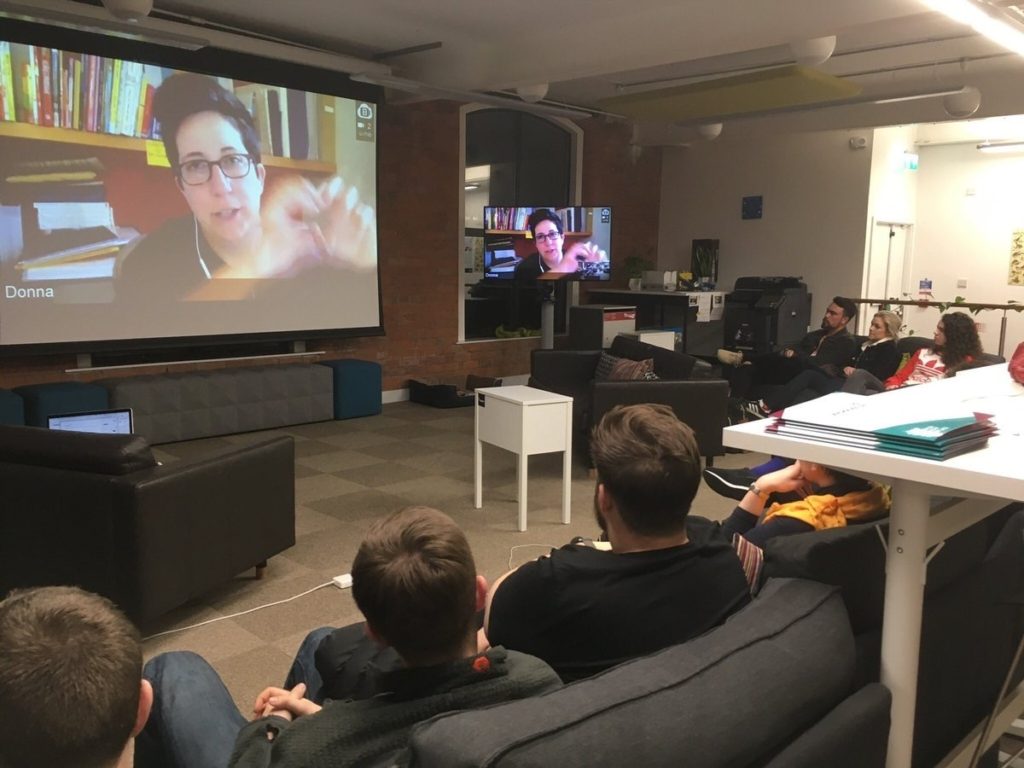Despite working in experience design, I don’t go around looking for opportunities to
- After taking my name, the receptionist promptly disappeared through a door and left me standing for 5 minutes. What they had omitted to say was that they were checking if the room was ready.
- The room key card I was issued didn’t work, requiring a return trip to reception to report it. Then a wait for another to be prepared.
- A wifi password supplied in the guest welcome pack didn’t let me connect. The correct one was written on the keycard holder, something I was expected to discover.
It turned out to be a perfectly enjoyable stay. In those first few minutes though, I was questioning the wisdom of booking. It was a small example of how seemingly unrelated lapses by a vendor added up to poor overall customer experience.
Some 10 years ago, I switched my bank due to a series of let-downs. I was prepared to go through the pain (at that time) of moving current and savings accounts away from a bank of 12+ years. During a protracted series of
Departments are a reality in any
A common problem is that teams working on a product or service know intimately how everything hangs together; they are well versed in the complexity of what’s being created. This awareness can surface as a tendency to see difficult challenges as insurmountable obstacles. Very often, process is wheeled out as a defence of current practices, or a cure-all elixir. Cross-departmental initiatives are hard work, which tends to make them unattractive. The result can be a culture that simply accepts ways of working that do not deliver value.
Naturally, this is all rich, raw material for designers, and service design in particular. Time and again as a design consultant the most radical thing I could do was to reflect what customers were going through back at the organisation. A lack of focus on, or understanding of, creating value for customers is a fundamental issue.
A customer-centered perspective can be the unifying force in the relentless struggle against imposed friction, while also providing a guiding light for new initiatives. Leadership should look to clear the way for ideas to thrive across divisions. Individuals or teams are required with sufficient drive and resilience to face down inertia and defensiveness, even the rampant virus of cynicism.
Siloed organisations are machines of aimless intent, efficient only at generating endless reasons why customer and user experience can’t be made better. Silos are anti-customer and anti-value.
Hard work it may be, but the option not to get rid of such barriers is all but gone. Ultimately every organisation needs to decide – consciously – whether defending silos and siloed thinking is more important than creating and retaining customers.



